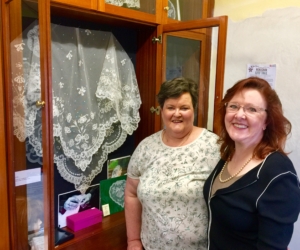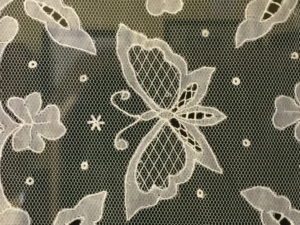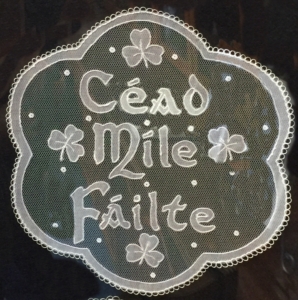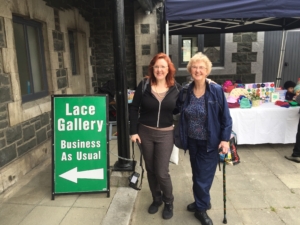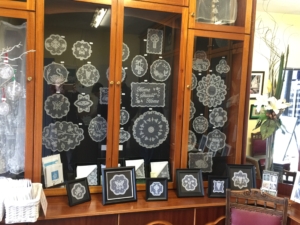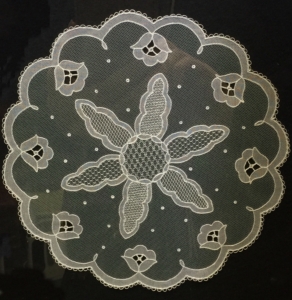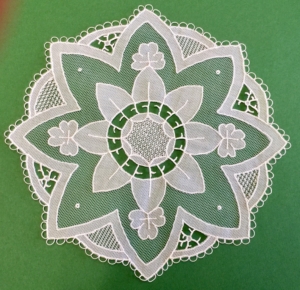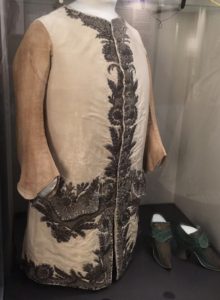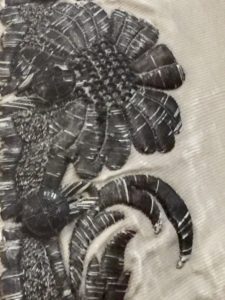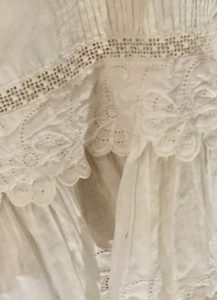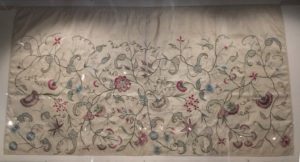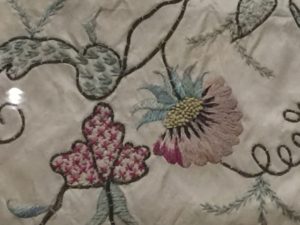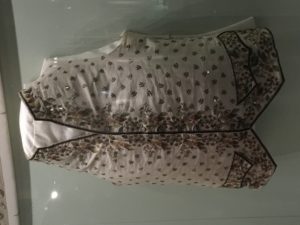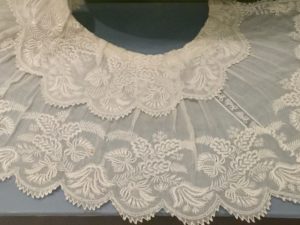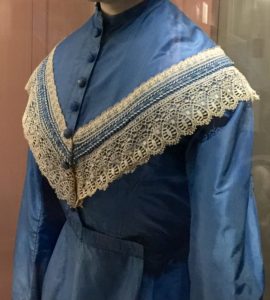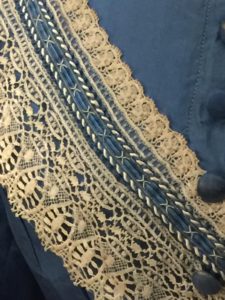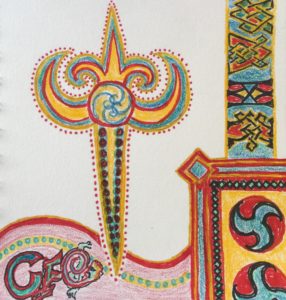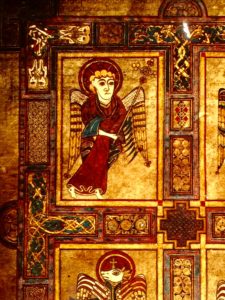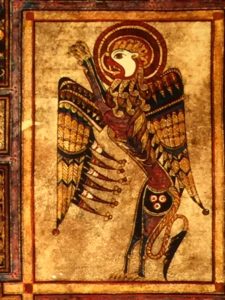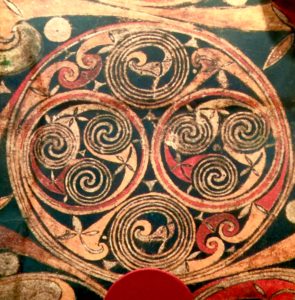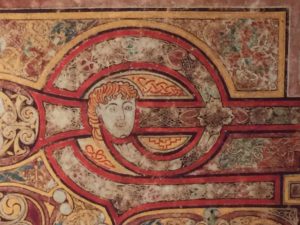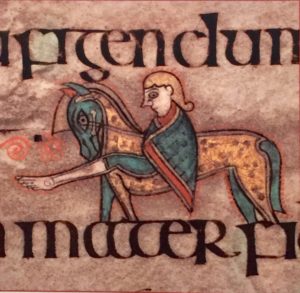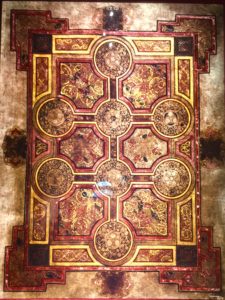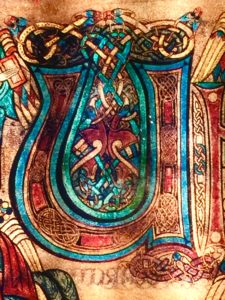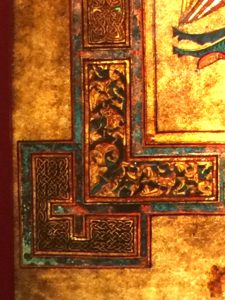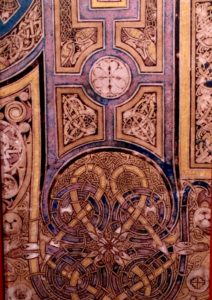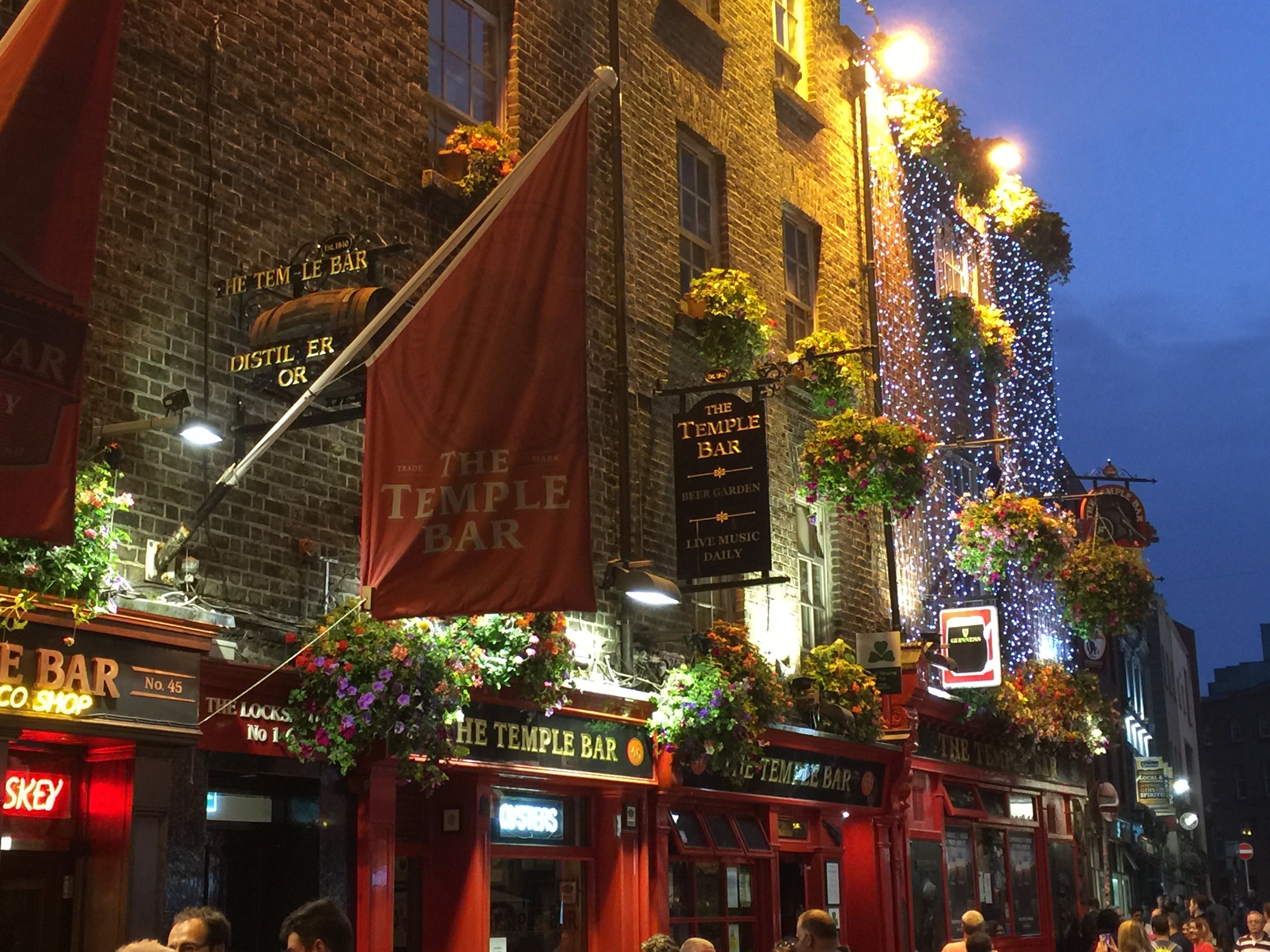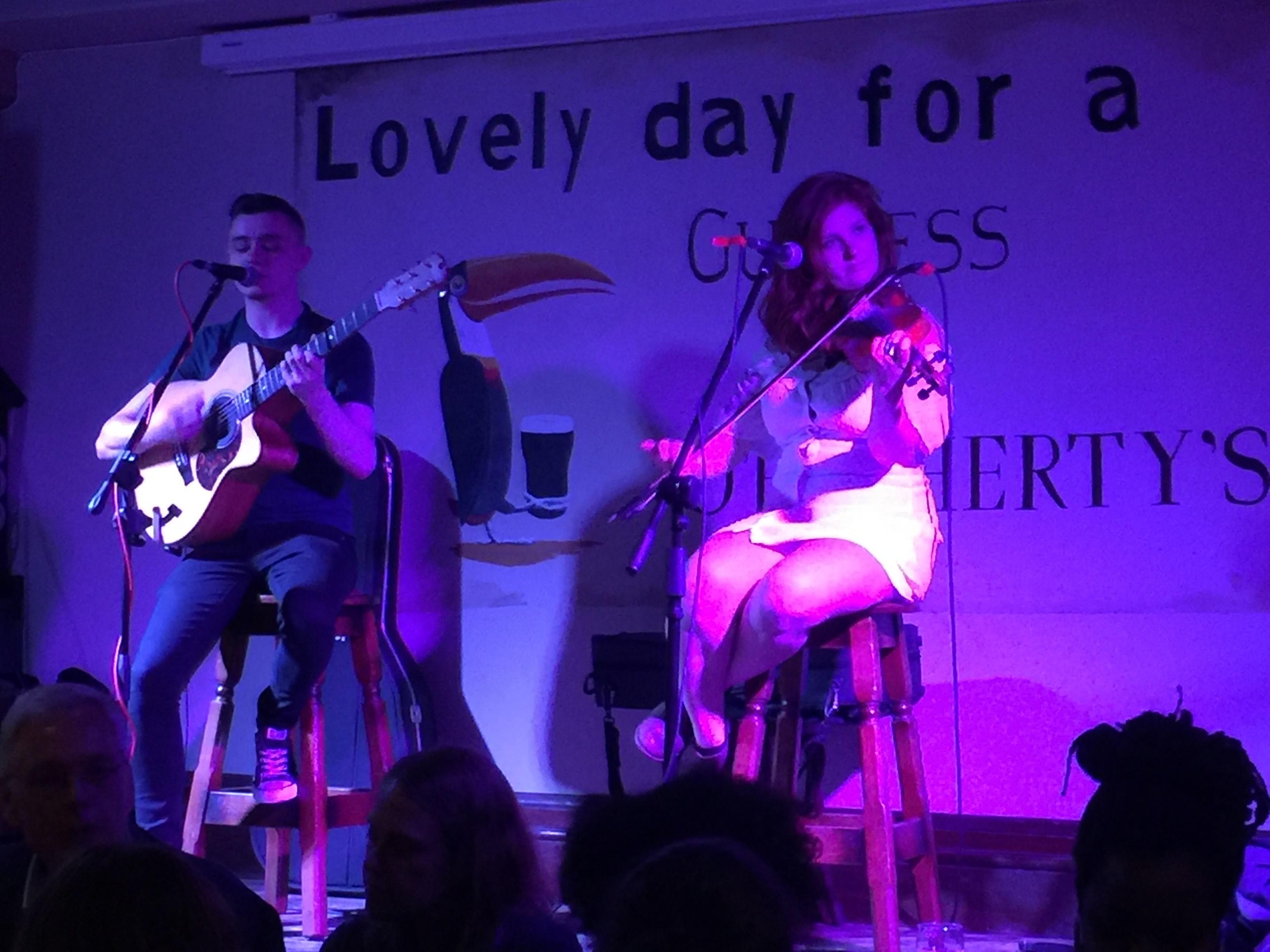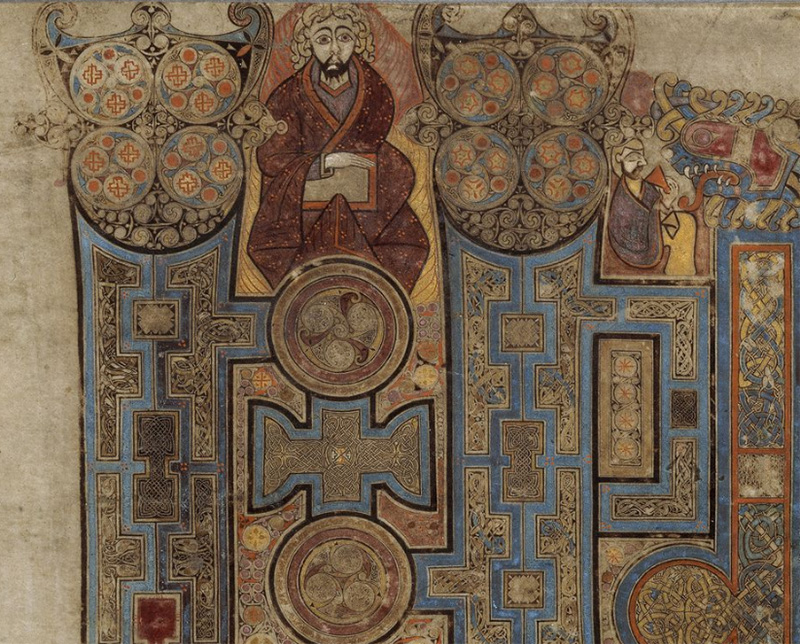Day 4 – Game of Thrones Tapestry at the Ulster Museum, Belfast
My guilty pleasure… Game of Thrones (well, Fantasy & Science Fiction overall.) Now, mix that with textile art and I’m in heaven!
Before the final episodes of Game of Thrones were filmed, an army of designers, weavers and embroiderers in Northern Ireland was hard at work.
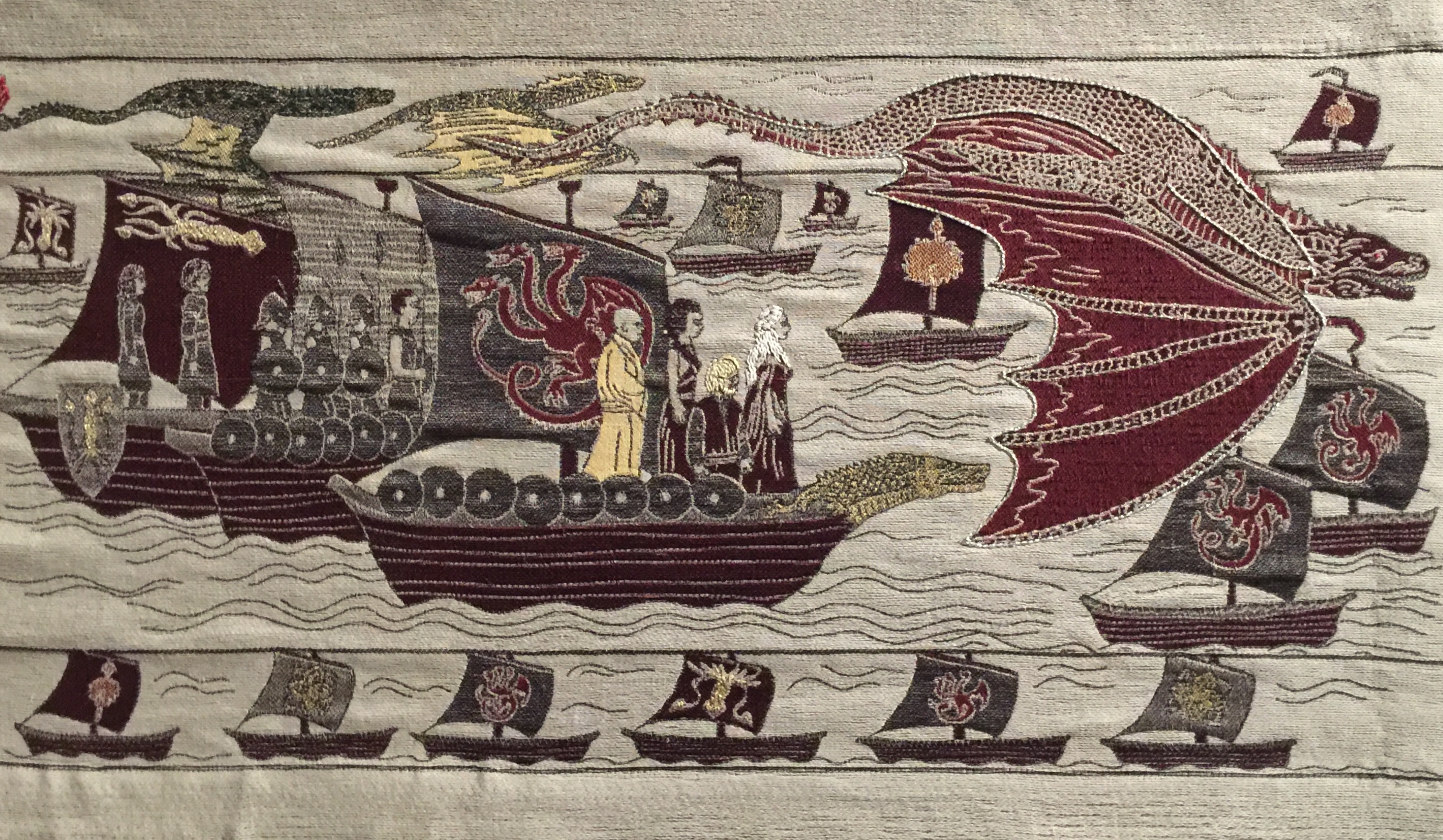 The tapestry was designed by hand by illustrators and color artists Carim Nahaboo, Jacob Merrick-Wolf, and Rob House. The weavers, Juliet Bailey, Franki Brewer, and a team at Dash & Miller in Bristol used a state-of-the-art jacquard loom. The linen thread was provided by Thomas Ferguson Irish Linen in Banbridge, one of the last surviving mills in Northern Ireland, and contains over 250,000 threads placed by hand.
The tapestry was designed by hand by illustrators and color artists Carim Nahaboo, Jacob Merrick-Wolf, and Rob House. The weavers, Juliet Bailey, Franki Brewer, and a team at Dash & Miller in Bristol used a state-of-the-art jacquard loom. The linen thread was provided by Thomas Ferguson Irish Linen in Banbridge, one of the last surviving mills in Northern Ireland, and contains over 250,000 threads placed by hand.
Each episode through season 7 is represented in the 253 foot tapestry. Rather than wait for the final season to be released (Season 8, set to air in 2019), the tapestry develops its own conclusion.

Embroiderer’s working on the Game of Thrones tapestry
After the weaving was complete, delicate hand embroidery added by a team of 30 stitchers at the Ulster Museum adds color, glints of metalics, and detailing to enhance the tapestry. From King Joffrey’s golden crown to Daenerys’ shimmering white and silver hair, blood red weddings, emerald green wildfire, cold-blue White Walkers and jet black ravens, threads of metallic, cotton and silk yarns bring vibrancy and lustre to the story. The embroidered elements are quite simple overall, but bring much to the finished project. Stitches include chain stitch, split stitch, back stitch, running stitch, couching and seed stitch.

Willow dragons made by Bob Johnson, basket maker at the Ulster Folk & Transport Museum
In Belfast’s Ulster Museum where the Tapestry is currently on display, they also have two magnificent Willow dragons soaring above the three story atrium
Click on the video below to view the entire tapestry!

A woman & young girl embroidering linens in County Down early 1900’s.
As well as information about the making of the tapestry, the exhibition included further documentation on the history of the linen industry in Northern Ireland, supplementing what I’d learned in Lisburn.

Dragon Head detail

The process of making the tapestry is described in this video by Northern Ireland’s tourism department:

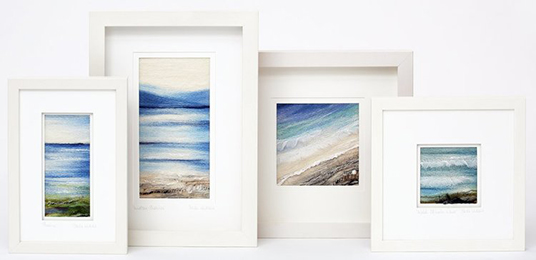
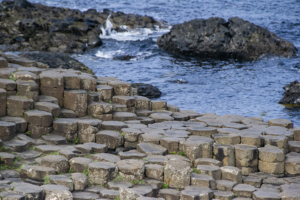
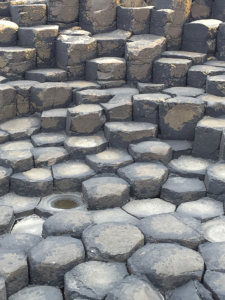

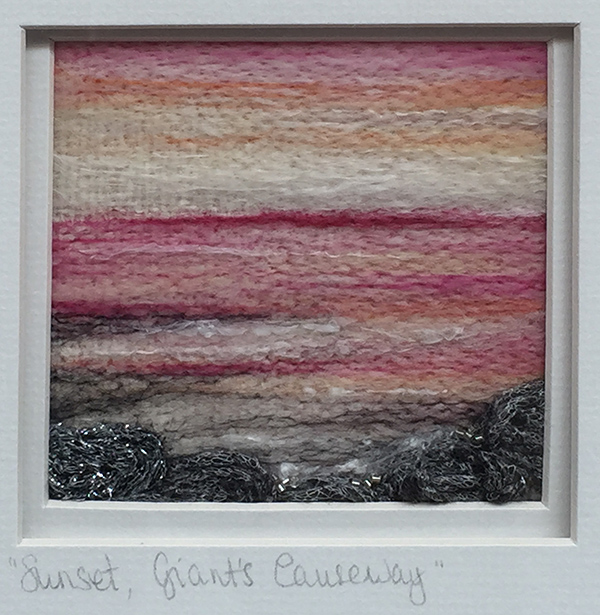

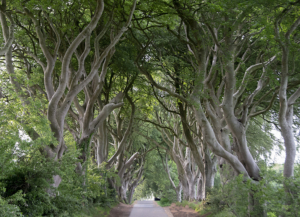
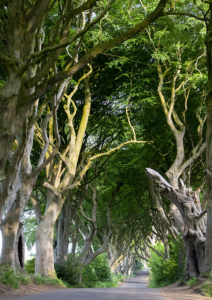

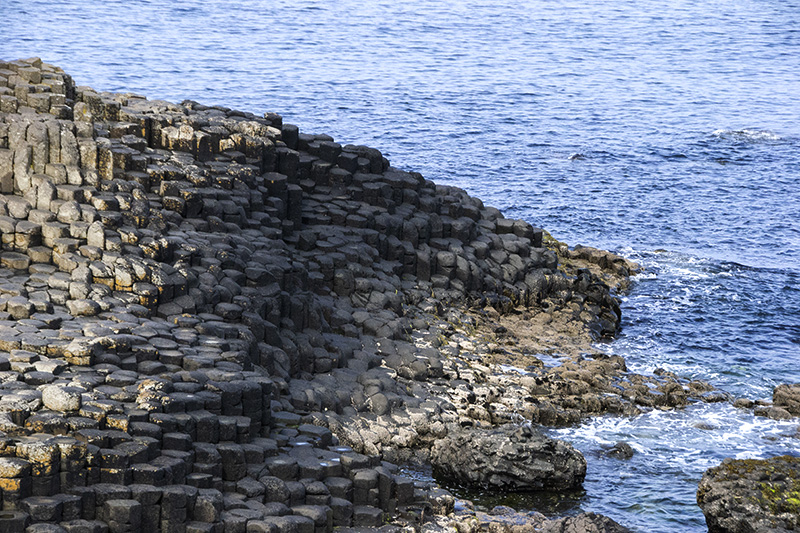

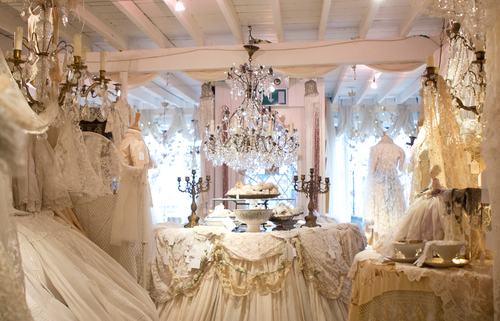
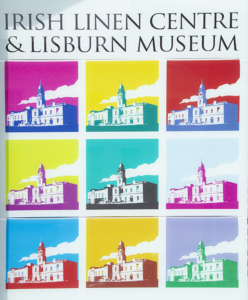 As many of you know, I have a wee bit ‘o Irish in my heritage. My paternal great-grandfather, Robert Fairley, emigrated from Lisburn in Northern Ireland around the turn of the century. I also have two g-g-grandparents from Ireland from different sides of my family tree. So between my familial name, red-headed genes from my Dad, and family lore, being Irish was the strongest ethnic identity stressed in my childhood.
As many of you know, I have a wee bit ‘o Irish in my heritage. My paternal great-grandfather, Robert Fairley, emigrated from Lisburn in Northern Ireland around the turn of the century. I also have two g-g-grandparents from Ireland from different sides of my family tree. So between my familial name, red-headed genes from my Dad, and family lore, being Irish was the strongest ethnic identity stressed in my childhood.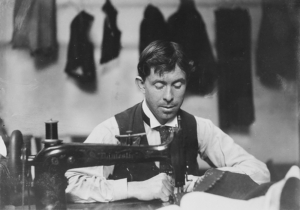
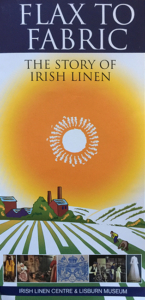
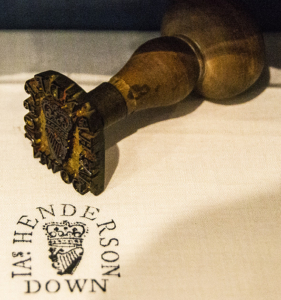
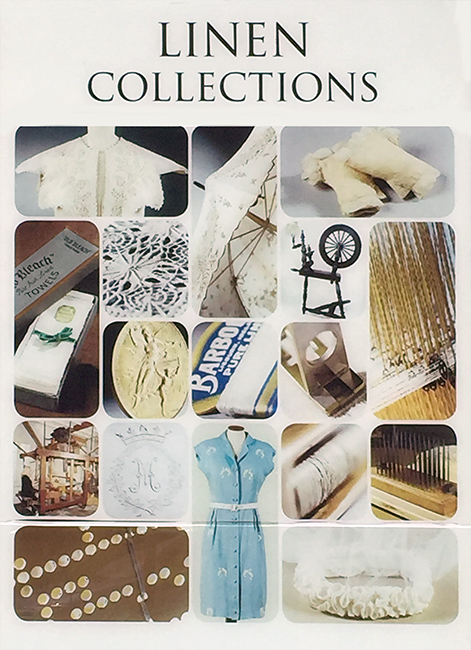 Some of the height of the collection includes pieces made for Queen Victoria, including a Golden Jubilee damask table doily from 1887 which was part of a set of 24 damask doilies depicting the new Royal Irish Linen Warehouse and a set of different miniature household items made for Queen Mary’s dollhouse! There was also information about Irish designer Sybil Connolly (1921-1998), who took inspiration from traditional Irish clothes and fabrics. Her clients included the Rockefellers, Mellons, Elizabeth Taylor, and Jacqueline Kennedy.
Some of the height of the collection includes pieces made for Queen Victoria, including a Golden Jubilee damask table doily from 1887 which was part of a set of 24 damask doilies depicting the new Royal Irish Linen Warehouse and a set of different miniature household items made for Queen Mary’s dollhouse! There was also information about Irish designer Sybil Connolly (1921-1998), who took inspiration from traditional Irish clothes and fabrics. Her clients included the Rockefellers, Mellons, Elizabeth Taylor, and Jacqueline Kennedy.
